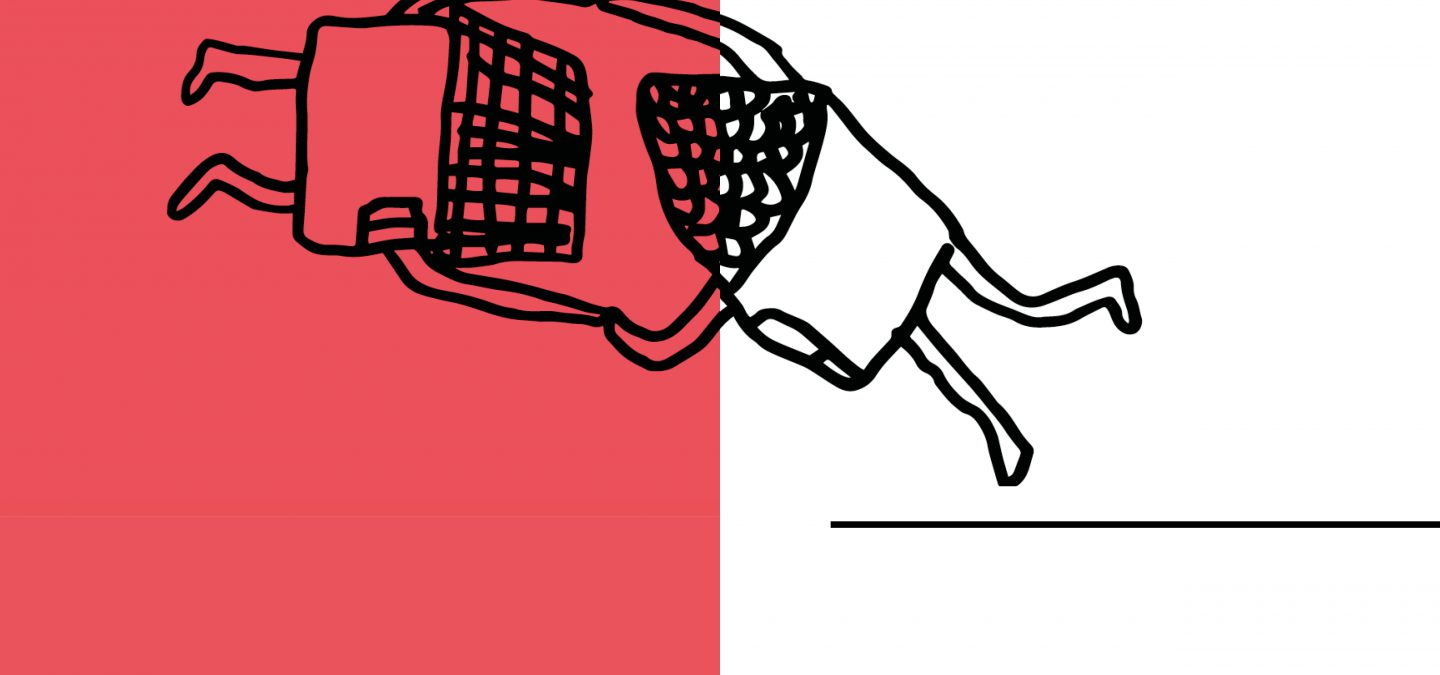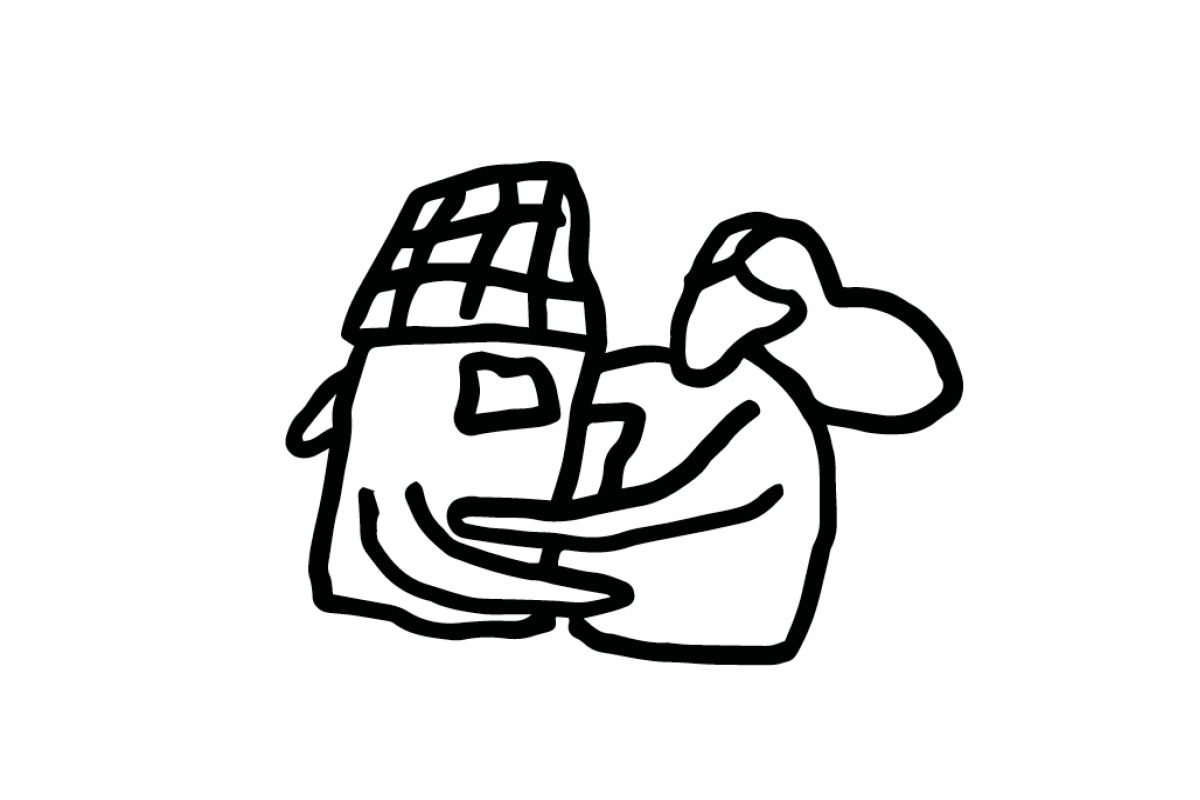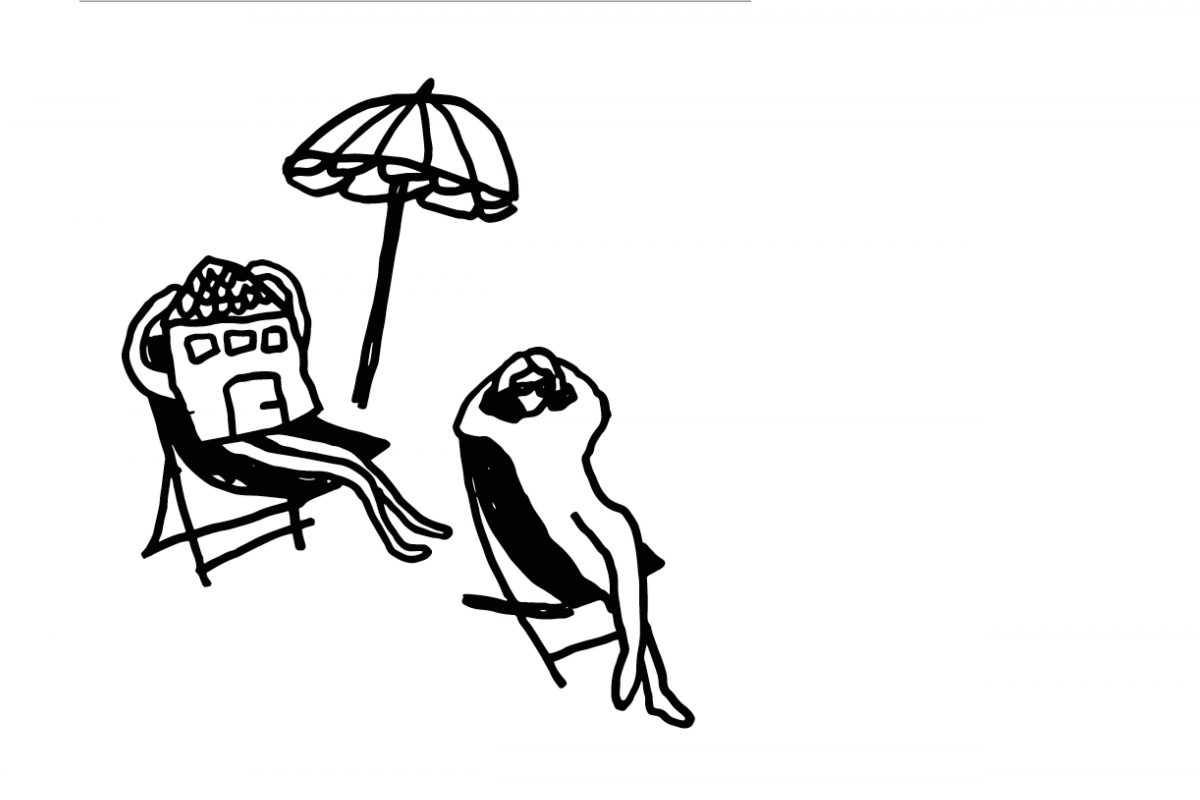
Keep up with our latest news and projects!

Urban scholars and policy-makers are still searching for innovative models that can allow symmetrical cooperation and partnerships between citizens, institutions and public authorities. In this book one can find several approaches on how to grow coalitions, sometimes not more than first steps in the right direction, others are more structured processes backed with financial structures. This article explores possible models that allow for that active civic cooperation to be transformed to sustainable collaborations.
The creation and management of public spaces should go beyond consultation: people should not only be heard but also be allowed to co-create urban spaces. But how can citizens identify themselves with their city if they are alienated from its development and management? As previous chapters showed, an inclusive city starts with designing and developing from diversity. Including citizens in the city development process fosters a sense of belonging and a sense of ownership. Belongingness is key if we want citizens to care for their city the way they care for what they find important in their daily lives.
However, being a proactive citizen is easier said than done since there is no systematized and easily accessible knowledge on how to be a proactive citizen. Indeed, citizens lack knowledge even on how to use their city, meaning, they find difficulty in accessing information on what they are or aren’t allowed to do in public space.
City use is often limited by laws that were defined long time ago for control purposes. Those laws reflect outdated power relations and are usually distant from the actual culture of city use. Additionally, they are typically unknown to citizens. Urban regulation is generally applied whenever the context suits powerful people, and when it makes overall control easier.
Temporary uses of city spaces can help ‘hack’ this system in a positive way. Labelled as ‘events’, ‘culture’ or ‘art’, temporary uses are seen as ‘exceptions’ to the rule. They can transform public spaces into experimental areas, where city dwellers can potentially test ideas in a self-organised way. Some temporary uses happen simply as people take a chance, when opportunities present themselves to use a specific place in a different way. A well-known example in this case is the city of Berlin. When the Wall was demolished, while the government was reorganizing itself, citizen initiatives occupied many vacant lots in different parts of the city and land plots along the river Spree with an array of activities, such as clubbing, gardening, and even an ‘urban beach’. Such activities refresh the urban landscape and can transform a city’s culture of public space use.
Yet, much time and effort are needed to enable those experiences to develop and evolve to the point where they can influence the way in which a city is used and governed. That is not an easy task for many reasons. First, the patterns of use resulting from the interventions described above are frequently not supported by the existing legal frameworks and could be interpreted as illegal. That means organisers have to struggle with permits to keep on doing their activities. In addition, the organizational setups are often unsustainable in the long run. These voluntary activities, interventions and occupations are usually funded with scarce resources and fail to transform from temporary to long-term new use of urban spaces. Even worse: they are usually not financially profitable and thus often endangered by commercial initiatives that enter the field after the activating of the area was successful (estate developments, for instance).
Nevertheless, we can agree that if cities were to be developed in a more sustainable manner, alternative uses in urban space should be put in practice. This brings me to the question ‘how can small-scale co-governance experiments be integrated into the urban management as innovative tools that promote the common good?’
While urban development is based on the co-production of urban spaces by a multitude of stakeholders, bureaucratic structures in most countries are traditionally rigid and less participative. Whenever initiatives are designed and implemented in a dialogue with public administrations, or even in effective collaboration, they often rely on informal mechanisms. That can become an issue when initiatives are too dependent on public agents’ goodwill and their existence is linked to political context.
Creating legal frameworks for cooperation between citizens and city administration on the co-governance of public spaces could solve some of these issues. Such collaboration will result in the use of public spaces as a platform for spontaneity and gathering. Furthermore, as a political process, the co-production and co-governance of the city can help redistribute power and strengthen democracy.
Many European cities, particularly in Spain, Italy and Portugal, are adopting various urban tools for cooperation between city administration and citizens with the goal of facilitating the shared management of public space. Some cities have been doing this for several years now, and the achievements are noticeable.
Lisbon
The BIP/ZIP strategy (‘priority intervention neighbourhoods and zones) has been actively applied in Lisbon since 2010. The strategy consists of a set of tools aimed at promoting local development, active citizenship, the capacity for self-organization and the collective search for solutions through the participation of the population, while improving residents’ living conditions. The goal is to effectively improve, through technical collaboration and financial support, disenfranchised territories and communities in order to allow for or, in some cases, reinforce their integration in the urban fabric without discrimination (particularly in terms of access to public goods and services). Through BIP/ZIP, the Municipality and its population work together in cooperation to boost quality of life and to promote social cohesion in the city. The projects advocates for supporting and promoting local projects and partnerships, creating networks and establishing links between dwellers’ real problems and decision-makers.
Bologna
The city of Bologna, in Italy, approved the Regulation for the Care and Regeneration of Urban Commons in 2014. It is a regulatory framework that invites ordinary citizens and neighbourhoods to protect and improve their own urban commons with the active support of government. The framework considers the city a collaborative social ecosystem where residents are resourceful, imaginative agents. Hence, individual citizens – or groups of citizens, organized formally or informally – can propose to take care of their city’s common goods; the benefit being that citizens will no longer seek the Municipality just to complain, but that they will see themselves as being part of the solution to their problems, thus, collaborating with the public administration. Through collaborative contracts the city administration and citizens agree on interventions to conserve and regenerate the urban commons (green spaces, abandoned buildings, squares) whenever the citizens’ intervention requires collaboration or responds to a need identified by the Municipality. These collaborations can take many forms – technical advice, training, improvements in spaces, and, in a few cases, funding.
Mexico City
In Latin America, similar discussions have emerged in the last few years, and some cities have also started developing their own urban instruments for cooperation. Mexico City, for example, developed ‘Programa de Mejoramiento Barrial’ (Neighbourhood and Community Improvement Programme) in 2007. The Programme serves as a social development policy instrument of the Government of Mexico City and its purpose is to promote the fulfilment of social rights granted in the Political Constitution of Mexico, such as the right to use and enjoy public spaces. The Programme strengthens citizenship, recognizing residents’ ability to organize and exercise direct influence on public decisions that improve their quality of life.
Acknowledging the right to the city as inalienable for the entire population, the Programme seeks to strengthen, rescue, preserve, improve and sustain the physical and material conditions of public spaces, while reinforcing the cultural identity of the inhabitants.
Brasilia
Recently, ‘Programa Nosso Quadrado’ (Our Block Programme) was launched in Brasília. The programme functions as a cooperation agreement between the city and the citizens for collective maintenance and upgrading of urban furniture and public places. It seeks to promote urban, cultural, social, technological, leisure, environmental and landscape improvements. The programme is still based on a rather limited legal instrument known as ‘Term of Cooperation’, but it is nonetheless a step forward in the cooperation between citizens and city administration.

Most of these instruments were developed fairly recently in just a handful of cities and even fewer of those cities are implementing them. Unfortunately, my city São Paulo is not one of them. Although there are some specific instruments of cooperation and collaboration with civil society, such as ‘Redes e Ruas’ (Networks and Streets) – a public call for projects and other cultural initiatives. During Mayor Fernando Haddad’s administration (2013-2016), the city of São Paulo saw a multiplication of citizen collectives and social movements reclaiming their right to the city. They were occupying vacant land, reclaiming squares and parks as common spaces, organizing community gardens and free open-air activities. I think all of this happened to be linked to what David Harvey describe in his book Rebel Cities: From the Right to the City to the Urban Revolution (2012). Simultaneously, other cities also went through convergent processes, like the Occupy movement, in New York, London and others, or Istanbul´s demonstrations against Gezi Park urban development plan. Movements in those and other cities demanded the reorganisation of urban spaces in a more socially just and ecologically sustainable ways — therefore also becoming the focus of anti-capitalist resistance.
The movement A Batata Precisa de Você (The ‘Potato Square’ needs you), which took place in São Paulo, was inspired by both the local and global context. A Batata Precisa de Você promoted the regular occupation of Largo da Batata, a 29 000 m² square in the Pinheiros neighbourhood. Largo da Batata was redeveloped over the past 10 years incurring very high financial costs for the municipal administration. When the square was finally open to the public, it resembled a desert, without any trees nor street furniture. The goal of the movement was to strengthen the population’s emotional relationship with Largo da Batata; highlighting its potential as a place of coexistence, testing possibilities for its permanent occupation and prototyping infrastructure that improves the quality of Largo da Batata as a meaningful public space.
During the whole year of 2014 and in the first half of 2015, various cultural and leisure activities were hosted on the square on Friday afternoons, including performances of musical groups and conversations about urban issues. Every Friday from 6 p.m., the square was occupied by mobile furniture – such as beach chairs, umbrellas and hammocks – making sure people felt comfortable during the activities. On some Fridays, there were also workshops to build temporary furniture as well as gardening activities. It was an exercise of democracy at a local level, a citizenship movement. It offered an alternative in which people could stand up for better urban conditions and collaborate to introduce immediate improvements in the city. The record of successful events and the systematic occupation of the square inspired other groups to occupy public spaces of their cities.
The project was developed in an informal collaboration with the municipal public administration, which understood the relevance of the project despite some occasional conflicts.

With the end of Fernando Haddad’s administration approaching, people from A Batata Precisa de Você and other occupy and reclaim-the-city movements asked the Mayor for a formal agreement that could protect the advances made by their initiatives. As one of the initiators of ‘A Batata Precisa de Você’ , I felt that the sustainability of the movement could be compromised. Unfortunately, no formal agreement for shared management was possible. The Municipality’s lawyers were running to finalize all other urban procedures that were already in process before leaving the administration.
Once the new mayor – João Doria, from the opposition party – took the oath of office, we faced many setbacks, mostly due to the absence of an empowered civil society, the structural impermeability of the public administration and the few opportunities for participation. The lack of formal cooperation compacts between the city and its citizens proved to be a serious issue.
As a consequence, in 2017 the city of São Paulo had a very progressive micro-urbanism and micro-politics network which emerged in a context of super-privatization, macro-urbanism and macro-politics without any spatial understanding of justice in the city. The micro and the macro context clashed.
Since 2015 some people from ‘A Batata Precisa de Você’ have reunited in an association called ‘A Cidade Precisa de Você’ (The City Needs You institute). This was done in response to numerous invitations to share their ‘Batata’ experience in different places and in recognition of the urgent need to research possible legal frameworks for the cooperation between the city and the citizens in the shared use and co-governance of public spaces.
Legal pre-conditions and limitations shape the socio-spatial relations but the opposite is also true: socio-spatial relations shape the regulations that enable an exchange between macro and micro contexts. And that interdependency was exactly what led us to create A Cidade Precisa de Voce and, ultimately, to share this story and some of our recent research findings.
Currently, there are several interesting and inspiring models of legal frameworks that can foster dialogue and cooperation between municipal administrations and civil society – especially in cities where grassroots movements formally take part in decision-making. Drawing from their example while also respecting the local context, the way forward is to develop more cooperation tools and instruments which respond to local demands. It is possible, and our cities need it!